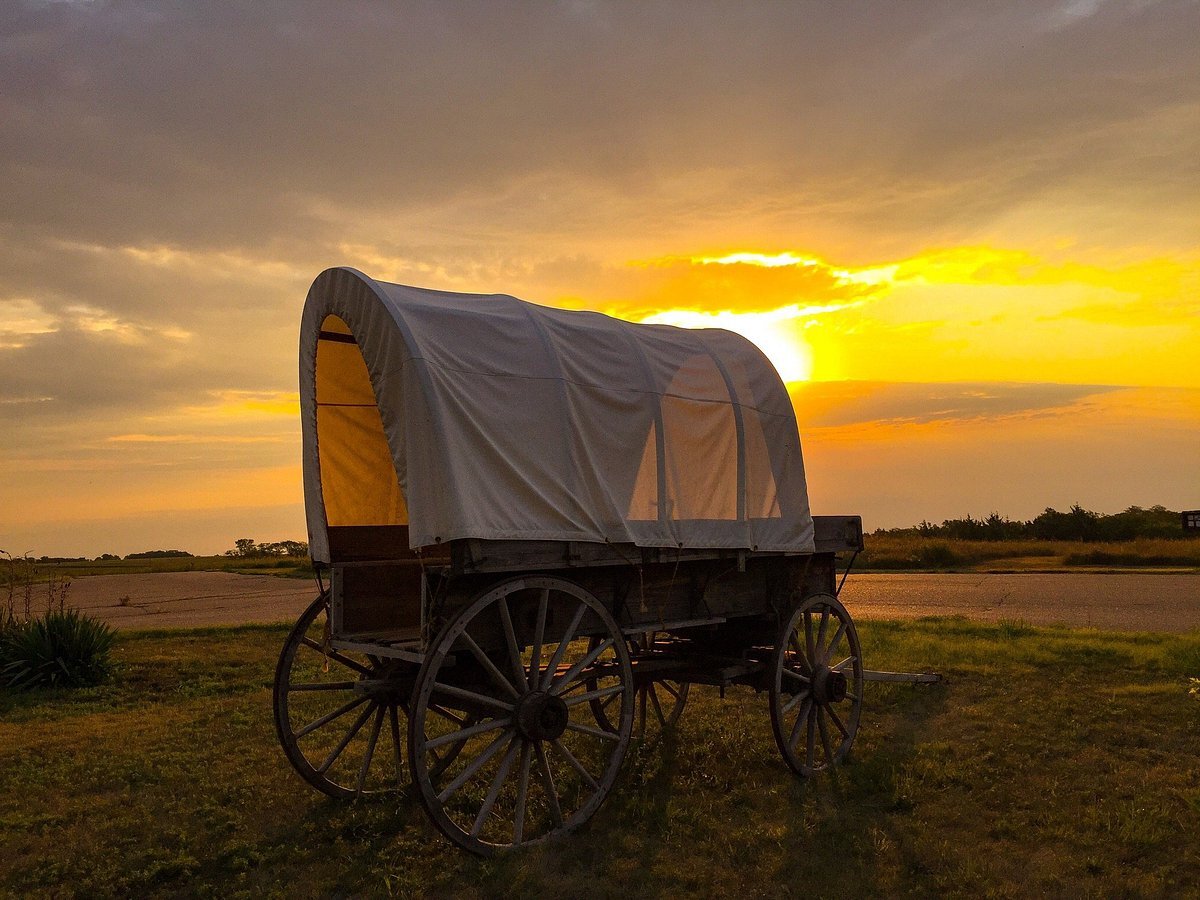Hidden Stagecoach Stations Of Nebraska Territory

Have you ever wondered about the hidden stagecoach stations of the Nebraska Territory? These forgotten spots played a crucial role in the 1800s, connecting distant towns and delivering mail. Imagine dusty trails, wooden buildings, and the sound of horses' hooves echoing through the plains. These stations were lifelines for travelers seeking rest and supplies. Some have vanished, while others stand as silent witnesses to history. Exploring these hidden gems offers a glimpse into a time when the West was wild, and every journey was an adventure. Ready to step back in time and uncover the secrets of these historic waypoints?
Hidden Stagecoach Stations of Nebraska Territory
Nebraska Territory, with its vast plains and rugged landscapes, was once a bustling hub for stagecoach travel. These stations served as vital rest stops for weary travelers and their horses. Let's uncover some of these hidden gems.
1. Rock Creek Station
Rock Creek Station, located near Fairbury, played a significant role in the Pony Express and stagecoach routes. It was a place where travelers could rest, refuel, and prepare for the next leg of their journey.
- Historical Significance: Known for the infamous Wild Bill Hickok gunfight.
- Current Status: Now a state historical park with preserved buildings and trails.
2. Fort Kearny
Fort Kearny, established in 1848, was a key military outpost and stagecoach station. It provided protection and supplies for travelers heading west.
- Historical Significance: Served as a major supply depot during westward expansion.
- Current Status: A state historical park with a museum and reconstructed buildings.
3. Plum Creek Station
Plum Creek Station, near present-day Lexington, was a crucial stop on the Overland Trail. It offered a place for travelers to rest and resupply.
- Historical Significance: Site of frequent Native American attacks during the Indian Wars.
- Current Status: Marked by a historical marker with information about its past.
4. Mud Springs Station
Mud Springs Station, located in the Nebraska Panhandle, was a remote but essential stop for stagecoaches. It provided water and shelter in an otherwise desolate area.
- Historical Significance: Scene of a significant skirmish during the Indian Wars.
- Current Status: Recognized by a historical marker and remnants of the original station.
5. Julesburg Station
Julesburg Station, situated near the Colorado border, was a bustling hub for stagecoach and Pony Express riders. It was known for its lively atmosphere and strategic location.
- Historical Significance: Important stop on the Pony Express and Overland Stage routes.
- Current Status: Commemorated by a museum and historical markers.
6. Virginia City Station
Virginia City Station, located in the southeastern part of Nebraska Territory, was a key stop for travelers heading to the gold fields of Colorado.
- Historical Significance: Provided a crucial link between Nebraska and the Colorado gold rush.
- Current Status: Site marked by historical plaques and interpretive signs.
7. Blue River Station
Blue River Station, near present-day Milford, was a vital stop on the Oregon Trail. It offered fresh water and a place to rest for weary travelers.
- Historical Significance: Known for its strategic location along the Oregon Trail.
- Current Status: Marked by historical signs and remnants of the original station.
8. Cottonwood Springs Station
Cottonwood Springs Station, located near present-day Maxwell, was a key stop for stagecoaches and military expeditions. It provided a reliable water source and shelter.
- Historical Significance: Served as a military outpost during the Indian Wars.
- Current Status: Recognized by historical markers and interpretive displays.
9. Fort Sidney
Fort Sidney, established in 1867, was a military post and stagecoach station. It played a crucial role in protecting travelers and maintaining order in the region.
- Historical Significance: Important military outpost during westward expansion.
- Current Status: Preserved as a historical site with a museum and reconstructed buildings.
10. Fort McPherson
Fort McPherson, located near present-day Maxwell, was a key military and stagecoach station. It provided protection and supplies for travelers heading west.
- Historical Significance: Served as a major supply depot during westward expansion.
- Current Status: A state historical park with a museum and reconstructed buildings.
Discovering Nebraska's Hidden Stagecoach Stations
Exploring Nebraska's hidden stagecoach stations offers a unique glimpse into the past. These sites, scattered across the Nebraska Territory, tell stories of travel, commerce, and daily life during a pivotal time in American history. Visiting these stations, you can almost hear the clatter of hooves and the murmur of travelers sharing tales.
Each station has its own charm and history. From the bustling hubs to the quiet outposts, they all played a role in connecting people and places. Whether you're a history buff or just curious, these hidden gems provide a fascinating look at a bygone era.
Next time you're in Nebraska, take a detour to visit these stagecoach stations. You'll gain a deeper appreciation for the state's rich history and the people who shaped it. Happy travels!

